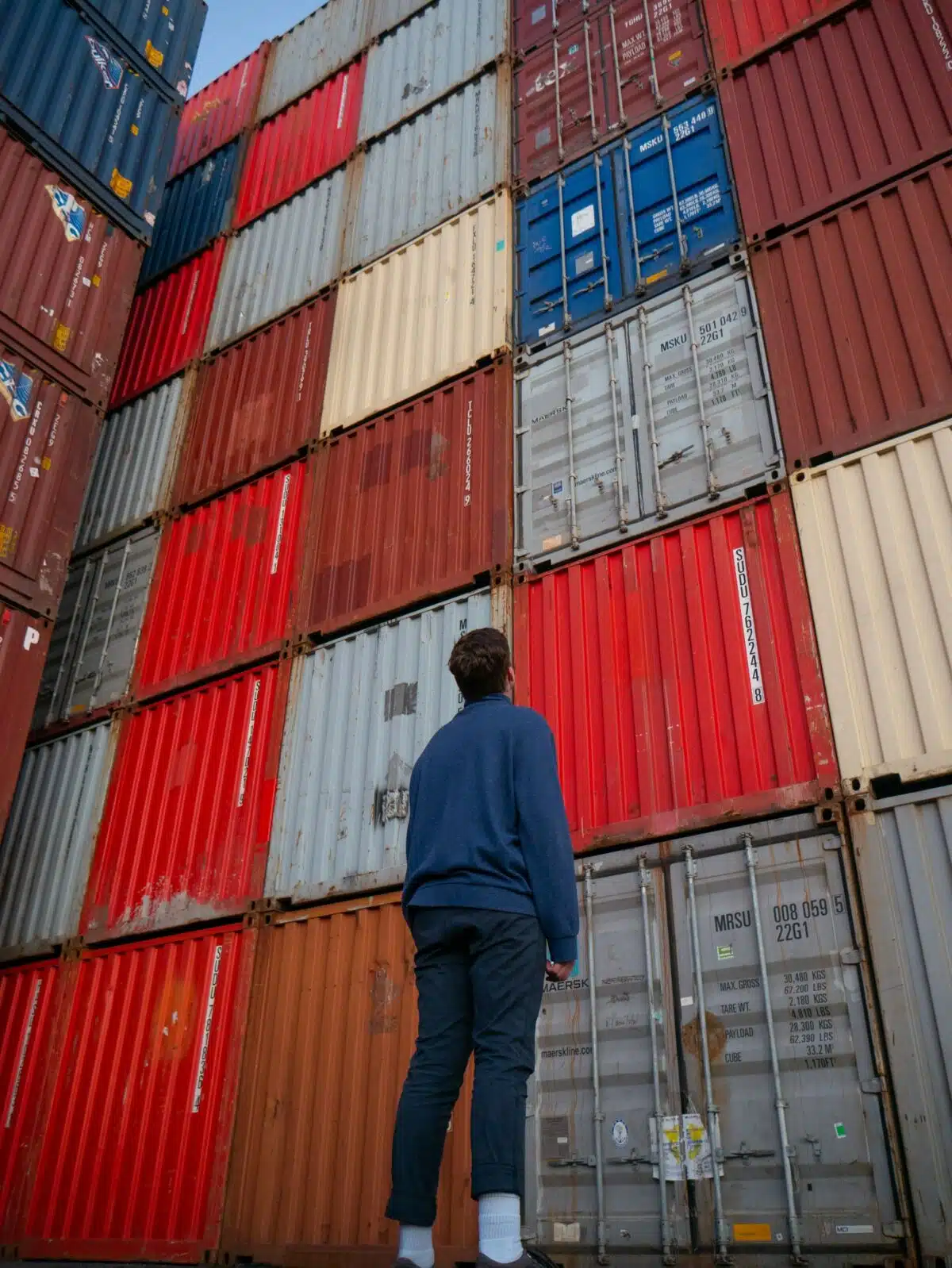
Reimagining Trade for Biodiversity and Justice
Key Features
Case Study
The case study investigated the consequences and limits of new public EU regulations on sustainable supply chains, focusing on the socio-biodiversity loss linked to the international trade of soy and beef between Brazil and the Netherlands. Working with stakeholders in both countries, the case study provided an opportunity to rethink extensive livestock farming and industrialised soy production in an effort to curb deforestation in the Brazilian Amazon and Cerrado. The case study used literature review and document analysis, semi-structured interviews, focus groups, and created a film.
Context and Challenge
The global trade system is deeply entangled with biodiversity loss and environmental injustice. In the case of soy and beef supply chains between Brazil and the Netherlands, the impacts are stark. Dutch livestock farming relies heavily on imported soy for animal feed, creating a land footprint of 2.7 million hectares annually – much of it in Brazil’s Cerrado and Amazon biomes. These imports are linked to deforestation, nitrogen pollution, and the displacement of Indigenous peoples and local communities.
Meanwhile, pesticides banned in the EU continue to be exported to Brazil, exacerbating ecological degradation and health risks. Despite emerging regulations like the EU Regulation on Deforestation-Free Products (EUDR) and the Corporate Sustainability Due Diligence Directive (CS3D), the trade system remains largely blind to the intersectional dimensions of environmental harm – failing to account for the lived experiences of forest peoples, small-scale farmers, and biodiversity itself.
Vision for Transformation
In the future we envision, trade is no longer a mechanism for extraction and inequality, but a tool for regeneration and justice. Supply chains are transparent and traceable, with companies openly sharing data on the origins of commodities. Forest peoples and small-scale producers are recognised not as obstacles to development, but as stewards of socio-biodiversity value chains – agroecology, bioeconomy, and cultural heritage become sources of livelihoods and instruments to promote social-ecological justice.
The preservation of native vegetation and biodiversity is embedded in trade agreements, and the rights of Indigenous Peoples and Local Communities (IPLCs) are safeguarded. EU agricultural policy shifts away from subsidising large-scale agribusiness and toward supporting agroecological transitions. Pesticide exports that harm ecosystems and communities are banned, and historical narratives about the impacts of large-scale soy and beef production are brought into public discourse through storytelling, media, and education.
Finance flows are redirected: banks and agribusiness firms are held accountable for deforestation-linked investments, and the food system begins to reduce its reliance on animal protein. Trade becomes a space of co-creation, where biodiversity and human dignity are prioritised together.
Leverage Points and Pathways
The case identified nine key changes needed to transform the trade system:
- Public sharing of traceability data of soy and beef origins.
- Valuing forest-based peoples’ bioeconomies as alternatives to monocrops.
- Embedding biodiversity and human rights in trade agreements.
- Reforming EU agricultural subsidies to support agroecology.
- Ending pesticide exports that harm biodiversity and human health.
- Raising public awareness through storytelling and media.
- Tailoring biodiversity narratives to diverse audiences.
- Banning finance linked to deforestation.
- Reducing animal protein in European diets.
These changes reflect both shallow and deep leverage points — from policy parameters to paradigm shifts. They were developed through transdisciplinary workshops, stakeholder engagement, and collaborative research, including audiovisual productions and policy briefs.
Barriers and Enablers
Barriers include entrenched economic interests of powerful stakeholders (banks, large trading companies, large farmers), lack of transparency in supply chains, and limited public awareness of biodiversity impacts. The dominance of industrial agriculture and the inertia of trade policy also pose significant challenges.
Enablers include emerging EU regulations, growing civil society mobilisation, and the creative use of media and storytelling to shift public narratives. The involvement of Indigenous populations and grassroots movements offers powerful momentum for change.



